All About Art Inquiry-Based Learning Unit
Hey, y'all! By now you know inquiry-based learning is a passion of mine, but so is finding students' strengths and talents. Not every student is going to become a scientist, teacher, doctor, or mathematician. Part of our job as educators is show them what all is out there or what is possible. Some of my students are not the strongest readers or have a hard time in math, but are downright savants in art. This art inquiry-based learning unit is designed to get students' feet wet with the basics of art and pique their interests about what the world of art holds.
We start off by looking at some examples of art, from more classic, famous pieces to some contemporary works, and even some book illustrations. Because books are most children's first glimpse at art. We talk about the different examples, build some background knowledge, and create our big guiding questions. We even talk about examples of art we've seen around us so that we can define it, and talk about what art isn't. That's a tricky one for littles. Things can be beautiful and inspire art, but are not technically art themselves.
Once we've got their interest piqued, we start to explore different mediums. I'll put out some pastels, charcoal pencils, watercolors, different types of paper, etc. so the kids can get a feel of what the different materials can do. They are encouraged to experiment with mixing colors and trying mixed-media to understand what the effects are.
We talk about qualities an artist needs (open mind, growth mindset, creativity, a critical eye) and write about how to be an artist. I love what the kids come up with on that one. They are naturally creative and I want to foster that in my classroom as much as possible.
For older students, we go through each one of our research papers: periods of art, famous paintings and sculptures, moods, kinds, art in buildings and in architecture, museums, etc. We research famous painters and sculptors. In the end, we'll share what we've learned, either through presentations or with the reflection page at the end of the unit.
For younger students, I guide them through one or two of the pages (like mood and kinds) and if students are so inclined, they can research farther. But it's a lot of writing for little hands. That's one you'd have to use your professional judgement on.
As we look at where different types of art are made, we record what we notice on our map. The types of art produced in Europe in the 1500s is very different that what you'd find in less populated areas of Australia, Africa, and South America. And all are different than art from Asia or contemporary works in the US.
You may even have students who want to print images of different paintings and paste them on the map. Go with where your students guide you. After all, inquiry-based and phenomenon-based learning are student-led and student-centered, so let them go for it.
For final projects, you could have students put together a presentation on what they learned, have teams of students present about a certain aspect of art, or even have an art exhibit of students' work with descriptions of what inspired it and what kind of art it is. The limits are endless in this unit!
The beauty of units like this is that they cover all the subject areas. Students must read to research and write their findings down. They explore science in patterns, mixing colors, learning about how art is preserved, etc. They learn about social studies when they explore museums, how art affects people and creates moods. And they explore math with patterns, textures, tessellations, shapes, design, angles, and more.
You can check out the full unit in my TPT store here. While you're there, be sure to follow me so you don't miss a thing. I'm always adding new products and there a lot of things coming soon.
I hope you found some new ideas for your classroom. Thanks for stopping by and have a wonderful week! I'll talk to you soon.

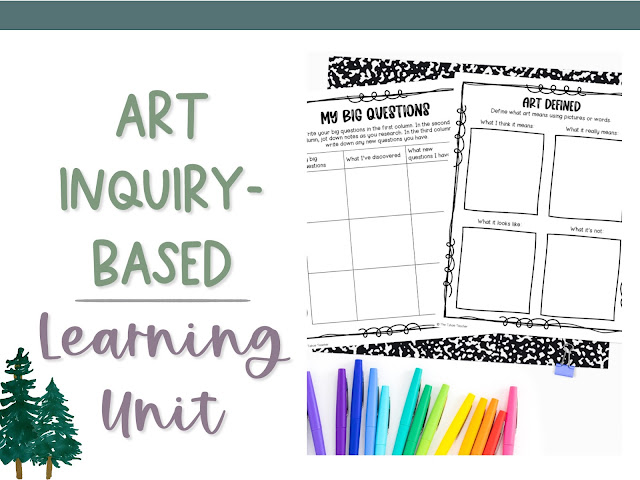
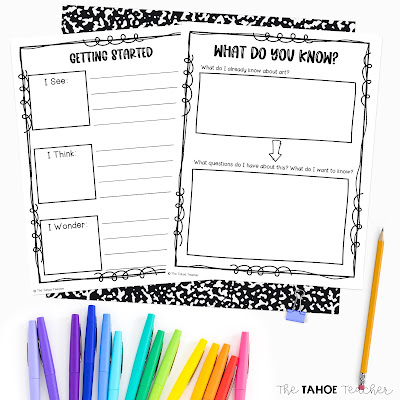
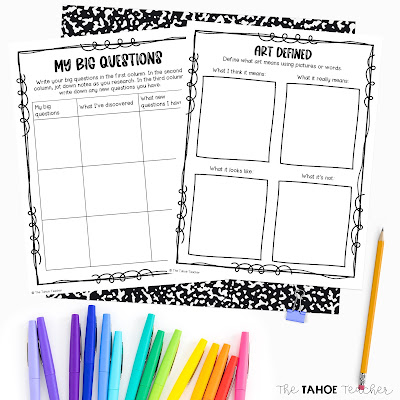
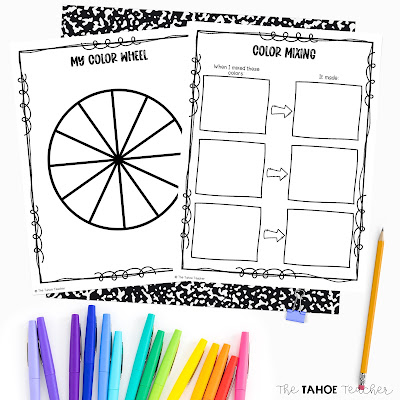


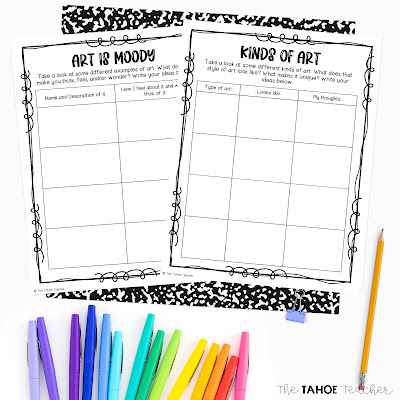

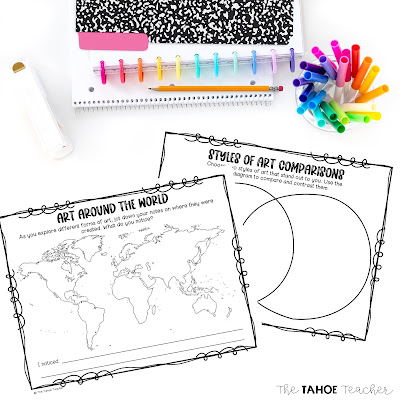

No comments
Post a Comment